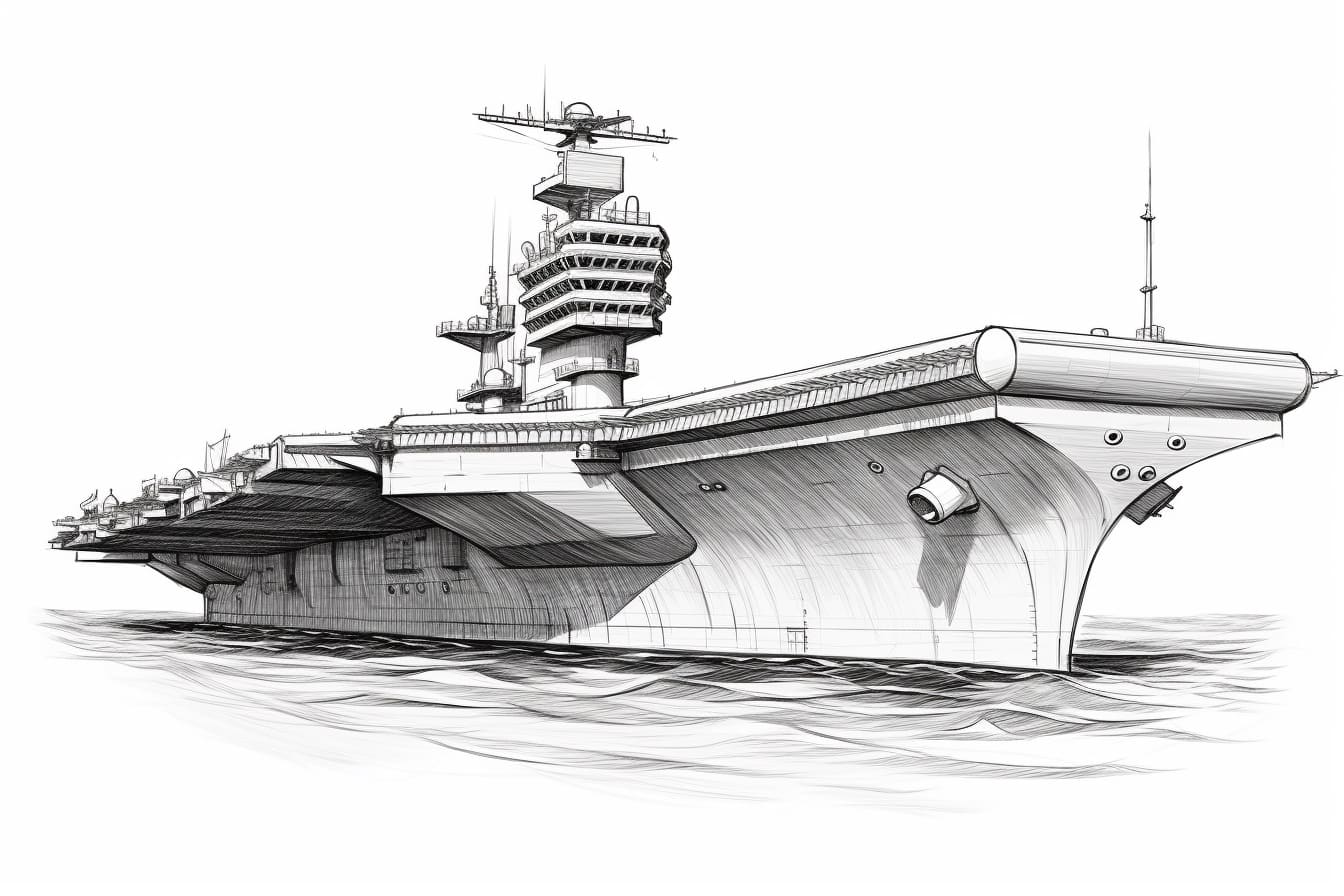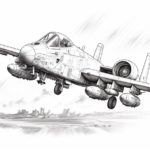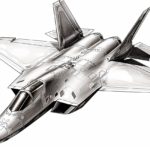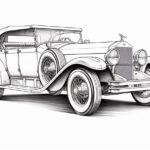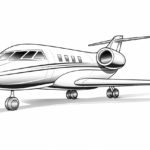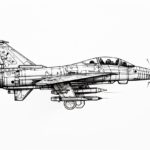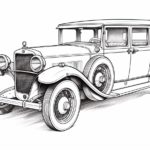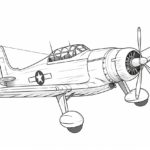Drawing an aircraft carrier is a fascinating and challenging endeavor that allows you to capture the immense power and sophistication of these floating fortresses. From the sleek lines of the deck to the array of aircraft perched on its surface, an aircraft carrier is a symbol of military might and technological advancement. In this guide, we will explore the key elements of drawing an aircraft carrier, from understanding its basic structure to capturing the intricate details that make these vessels so awe-inspiring. Whether you are a beginner looking to improve your drawing skills or an experienced artist seeking a new subject to explore, drawing an aircraft carrier is sure to offer a rewarding and exciting artistic journey. So, grab your sketchbook and pencil, and let’s embark on this creative adventure together!
Materials Required
To draw an aircraft carrier, you will need the following materials:
- Paper: Choose a smooth, heavyweight paper suitable for drawing or sketching.
- Pencils: A range of pencils in different hardness (e.g., 2H, HB, 2B) for sketching and shading.
- Eraser: A good quality eraser for correcting mistakes and cleaning up lines.
- Sharpener: To keep your pencils sharp for precise drawing.
- Ruler: For drawing straight lines and measuring proportions accurately.
- Reference image: Find a clear reference image of an aircraft carrier to use as a guide for your drawing.
- Fine liners or pens (optional): For outlining and adding details to your drawing.
How to Draw an Aircraft Carrier: a Step-by-step Guide
Step 1: Gather Your Materials
- Gather all the necessary materials for your drawing, including paper, a pencil, an eraser, and any desired coloring materials.
- Choose a reference image of an aircraft carrier to help guide your drawing.
Step 2: Sketch the Basic Shape
- Start by lightly sketching the basic shape of the aircraft carrier using simple geometric shapes like rectangles and squares.
- Pay attention to the proportions and angles to ensure accuracy in your drawing.
Step 3: Add Details
- Add details such as the deck, runway, control tower, and other structures on the aircraft carrier.
- Use your reference image to guide you in placing these details correctly.
Step 4: Refine Your Drawing
- Refine the shapes and lines of your aircraft carrier, making sure all the details are accurately represented.
- Erase any unnecessary guidelines or sketch lines to clean up your drawing.
Step 5: Add Texture and Shading
- Add texture to the different parts of the aircraft carrier, such as the metal surfaces and runway markings.
- Use shading techniques like hatching and cross-hatching to create depth and dimension in your drawing.
Step 6: Final Touches
- Add any additional details or elements to enhance your drawing, such as aircraft on the deck or ocean waves around the carrier.
- Take your time to review your drawing and make any final adjustments before considering it complete.
Step 7: Coloring (Optional)
- If you choose to color your drawing, use colored pencils, markers, or paints to add color to your aircraft carrier.
- Refer to your reference image for accurate color representation, or use your creativity to choose your own color scheme.
Step 8: Sign and Display Your Artwork
- Sign your drawing with your name or initials to mark it as your own creation.
- Consider framing your artwork or displaying it in a prominent place to showcase your talent and hard work.
Conclusion
In conclusion, drawing an aircraft carrier requires attention to detail, patience, and a good understanding of perspective. By following the step-by-step guide provided in this article, you can create a realistic and impressive representation of this iconic naval vessel. Remember to practice regularly, experiment with different techniques, and most importantly, have fun expressing your creativity through the art of drawing. With dedication and practice, you can master the art of drawing an aircraft carrier and continue to hone your skills as an artist.
Fun Facts About Aircraft Carriers
- Aircraft carriers are often referred to as “floating cities” due to their immense size and the diverse range of functions they can perform at sea.
- The first true aircraft carrier, the HMS Furious, was commissioned by the British Royal Navy in 1917.
- The largest aircraft carrier in the world is the Gerald R. Ford class, with a length of 1,106 feet and a displacement of over 100,000 tons.
- Aircraft carriers can carry a variety of aircraft, including fighter jets, helicopters, and surveillance planes, allowing them to perform a wide range of military operations.
- The flight deck of an aircraft carrier is a highly choreographed and coordinated environment, with aircraft taking off and landing in rapid succession.
- Aircraft carriers have played a crucial role in major naval battles throughout history, including the Battle of Midway in World War II.
- Modern aircraft carriers are equipped with advanced technology, including radar systems, missile defense systems, and electromagnetic catapults for launching aircraft.
- Some aircraft carriers are capable of carrying over 5,000 personnel, including sailors, pilots, and support staff.
- Aircraft carriers are often used for humanitarian missions, such as delivering aid and supplies to areas affected by natural disasters.
- The United States Navy operates the largest and most advanced fleet of aircraft carriers in the world, with a total of 11 active carriers as of 2021.
Suggestions for Scenes and Settings for Aircraft Carrier Drawings
Certainly! Here are some specific suggestions for scenes and settings for drawings of aircraft carriers:
- Sunset Departure: Illustrate an aircraft carrier at dusk, with fighter jets taking off against a backdrop of a setting sun and colorful sky.
- Stormy Seas: Show an aircraft carrier navigating through rough seas during a storm, with waves crashing against the ship and dramatic dark clouds overhead.
- Homecoming: Depict an aircraft carrier returning to port with sailors lining the deck, waving flags, and family members waiting on the dock to welcome them home.
- Arctic Expedition: Imagine an aircraft carrier in icy waters surrounded by snow-capped mountains and glaciers, with polar bears and penguins observing from a distance.
- Historical Battle: Recreate a historical naval battle scene involving an aircraft carrier, with vintage fighter planes engaging in combat and explosions in the background.
- Futuristic World: Transport your viewers to a futuristic world where aircraft carriers are equipped with advanced technology and hover above the clouds in a sci-fi setting.
- Underwater Encounter: Explore an underwater scene where an aircraft carrier is partially submerged, surrounded by colorful marine life such as coral reefs, fish, and even a curious giant squid.
- Peaceful Oasis: Create a serene scene of an aircraft carrier anchored in a tranquil bay, with palm trees swaying in the breeze and a clear blue sky overhead.
- Aircraft Maintenance: Show a detailed view of mechanics and engineers working on fighter jets on the deck of an aircraft carrier, with tools scattered around and a busy but organized atmosphere.
- Aerial Show: Illustrate an aircraft carrier hosting an air show, with acrobatic maneuvers performed by skilled pilots in front of a crowd of spectators on the ship and nearby boats.
These suggestions can inspire a range of creative and engaging drawings of aircraft carriers in various captivating settings and scenarios.

